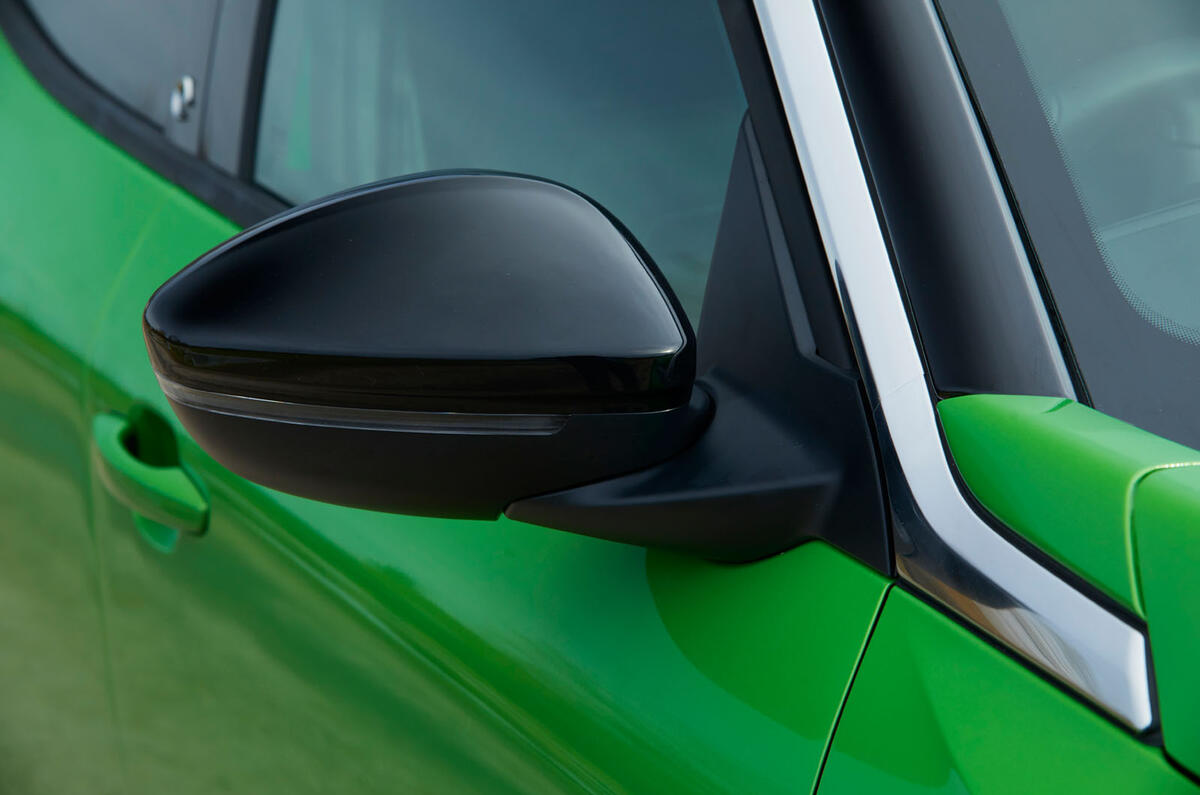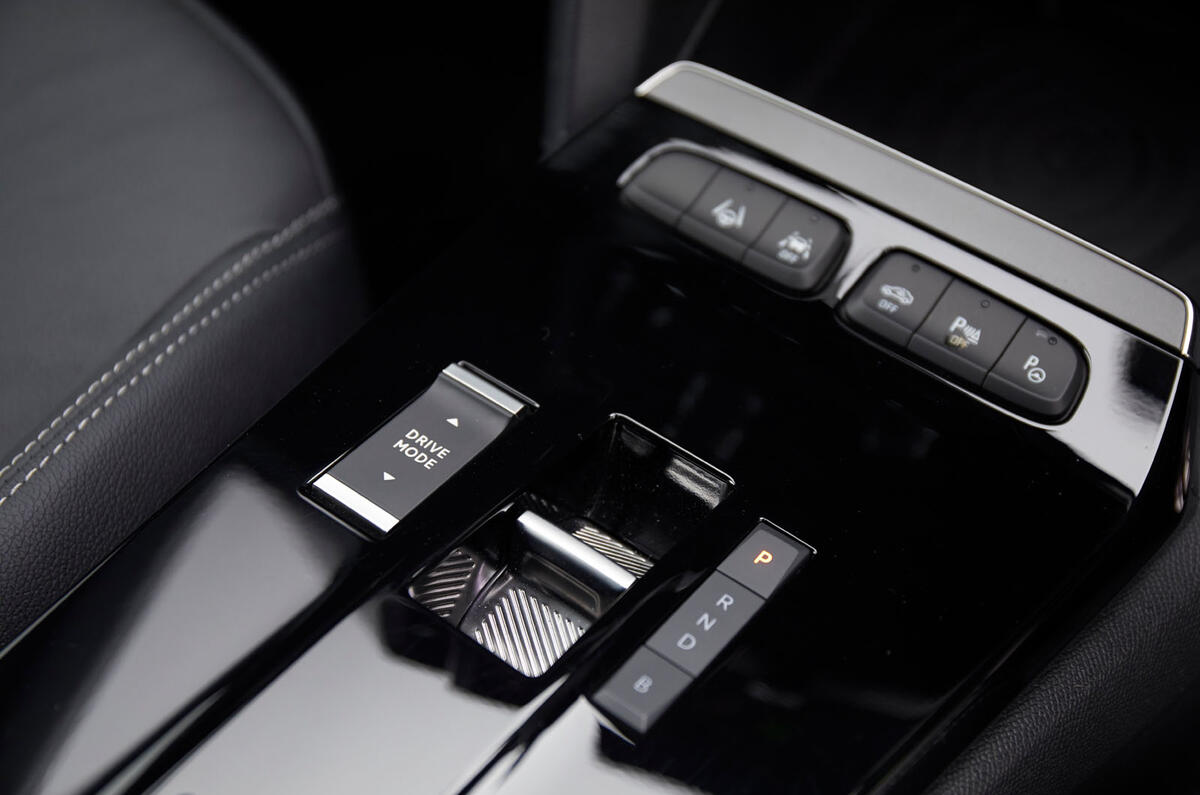What is it?
Vauxhall isn’t hanging around when it comes to electrification. By the end of the year, the British brand will have nine plug-in hybrid or fully electric models, a list that already includes the Vauxhall Corsa-e supermini, Grandland X plug-in hybrid and Vivaro-e electric van.
The new Mokka-e is gunning to be the most important of the lot. The compact crossover EV arrives as demand for electric cars is at its highest to date, and the small SUV class in general has never been more popular.
It also introduces a major departure from Vauxhall’s design norms, showcasing elements that premiered on the outlandish GTX concept car. These include a minimal Vizor front grille that merges the griffin badge and headlights into a single unit that also helps lower the car’s drag coefficient to 0.32, down from 0.35 in the old, petrol-powered Mokka X. Short front and rear overhangs help give it an altogether more purposeful look, one that I’d argue rubs shoulders with the Ford Puma for visual appeal.
The Mokka-e uses the same 134bhp motor and 50kWh battery as the Peugeot e-2008, with which it shares its CMP platform. The combination sends power to the front axle only through a single-speed transmission, promises 201 miles of WLTP-certified range, and supports 100kW DC rapid charging for an 80% recharge in 30 minutes. A Mode 3 cable comes as standard, but not a three-pin for home charging sans wallbox.

What's it like?
The electric motor is good for 0-62mph in 9.2sec, as long as you switch drive modes before burying the throttle: Eco mode restricts the output to around 80bhp for greater power efficiency, while the full 134bhp is only available in Sport, which uses a more aggressive throttle map and sharpens up the steering.
Acceleration is brisk, rather than startling, and only marginally faster than the 1.2-litre petrol, though the torque advantage means making a quick getaway at junctions or traffic lights can still induce some wheelspin. The dashboard instantly updates its range estimate when swapping drive modes, too, reminding you what effect your hooning can have on the battery. There is a button to increase the amount of brake regeneration, but it’s a take-it-or-leave-it toggle rather than the fine-grain control seen in the Hyundai Kona Electric.
The Mokka’s light steering doesn’t give the driver too much sense of what the front wheels are doing, but manages not to feel as over-assisted as the Peugeot e-2008. With 300kg of extra weight over the equivalent petrol model, body control isn’t quite as tight, so the Mazda MX-30 remains the more engaging EV to hustle through corners - even if the Vauxhall does hold on surprisingly well at speed. Slow things down and the ride is more than respectable, refusing to be unsettled by rougher surfaces and minor imperfections. Larger ruts still make their presence felt, but no more so here than in any close rival.

































































Join the debate
Add your comment
So Vauxhall's now making a mockery (at least that's what it sounds like).
Compromised and fiddled, though not just Vauxhall obviously.
Compromised because that claimed range is going to be well off the mark in terms of real range in perfect conditions but introduce a few passengers on a cold trot up the motorway in winter and the actual range will be terrible (like for all EVs).
Fiddled because they advertise performance figures that you only get in 'sport' mode that further limits the advertised claimed range substantially.
I know we need to move away from ICE cars but the false promotion and huge prices of current EVs are nothing short of criminal.
I get what you mean but you can point at nearly all EVs for similar, Tesla's standout acceleration figures are in a set mode which you have to access, and that will seriously harm range. But iirc the V10 M5 didn't have it's standout performance unless M mode was selected, in other modes it lost a fair chunk of bhp, and I am sure it's not alone. All ice performance cars show a performance figure and a fuel economy figure, the two never meet so again how is the EV any different. I'm certain my wife's Mii will perform worse and provide worse economy in winter 4 up with heating on max, or for that matter in summer 4 up with Aircon on max. Again how is the EVs range and performance figures considered a fiddle or false promotion when ice cars behave similarly.
Little bit like 0-60 times and mpg figures then